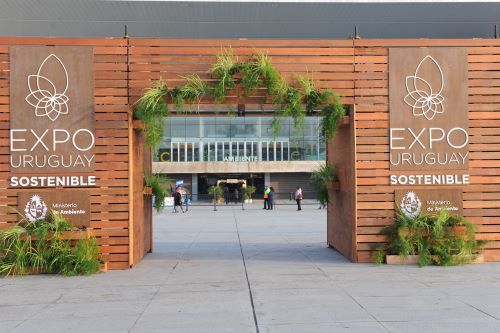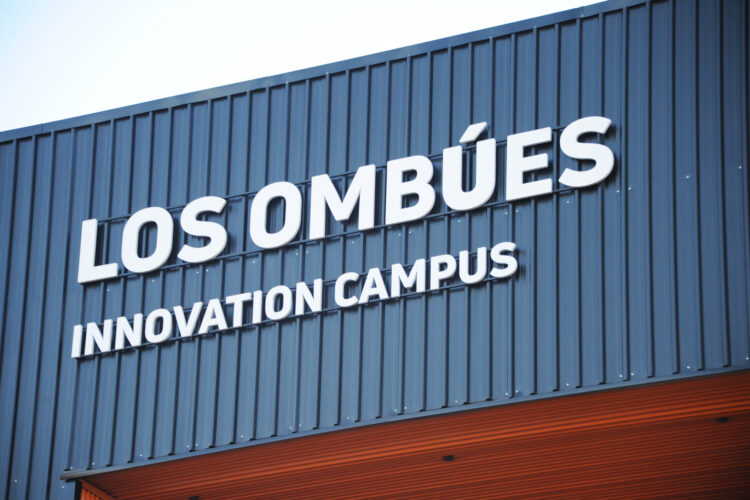Introduction
Uruguay, known for its agricultural tradition, has achieved worldwide recognition for the quality and productivity of its products. However, in a world where innovation is key, the adoption of technology becomes a determining factor in maintaining and strengthening this leading position in the agroindustrial sector.
Agricultural tradition in Uruguay
Uruguay’s agricultural history dates back to time immemorial, being a fundamental pillar of its economy and an integral part of its national identity. Over the years, the country has developed an international reputation for the quality and efficiency of its agricultural practices, becoming a benchmark in the agricultural field.
Need for technological innovation
In an increasingly globalized and competitive world, investment in research and development (R&D) in the agricultural sector has become an imperative. The application of new technologies and innovative practices is essential for maintaining the competitiveness and long-term sustainability of Uruguayan agriculture.
Integration of technology in the Uruguayan agricultural sector
Uruguay has embraced this need for innovation, progressively integrating technology at all stages of the agroindustrial chain. From agricultural machinery to veterinary inputs, including seeds and Information and Communication Technologies (ICTs) applied to agriculture, the adoption of technology has been key to optimizing processes and improving competitiveness.
Key areas of agricultural technology in Uruguay
- Agricultural machinery: The modernization of agricultural machinery has allowed for greater efficiency in planting, harvesting and crop maintenance. The incorporation of precision technology, such as global positioning systems (GPS) and telemetry, has optimized the use of resources and maximized productivity.
- Veterinary inputs: Innovation in veterinary inputs has contributed to improving animal health and welfare, as well as the quality of livestock-derived products. From drugs and vaccines to monitoring and diagnostic systems, technology has revolutionized the way animal health is managed in Uruguay.
- Seeds: Genetic research and biotechnology have led to the creation of seeds that are more resistant, productive and adapted to the country’s climate and soil conditions. The variety and quality of seeds available in the Uruguayan market are the result of years of investment in technology and innovation.
- ICTs in Agriculture: The use of information and communication technologies in the agricultural sector has opened up new opportunities in crop management and monitoring, product traceability and data-driven decision making. Farm management systems, mobile applications and e-commerce platforms are just some of the technological tools that are transforming the way production and marketing is done in the Uruguayan countryside.
Future prospects and challenges
The road to a more sustainable, efficient and profitable agriculture in Uruguay inevitably involves continuous innovation and the adoption of technology in the agricultural sector. The challenge for the country is to continue investing in research and development, fostering collaboration between the public and private sectors, and promoting an environment conducive to investment and technological innovation.
Conclusion
Agricultural technology not only boosts Uruguay’s productivity and competitiveness in the international market, but also contributes to the sustainable development of the agroindustrial sector and the well-being of society as a whole. Exploring and taking advantage of the opportunities offered by technology is essential to ensure a prosperous and sustainable future for Uruguay’s agricultural sector.











